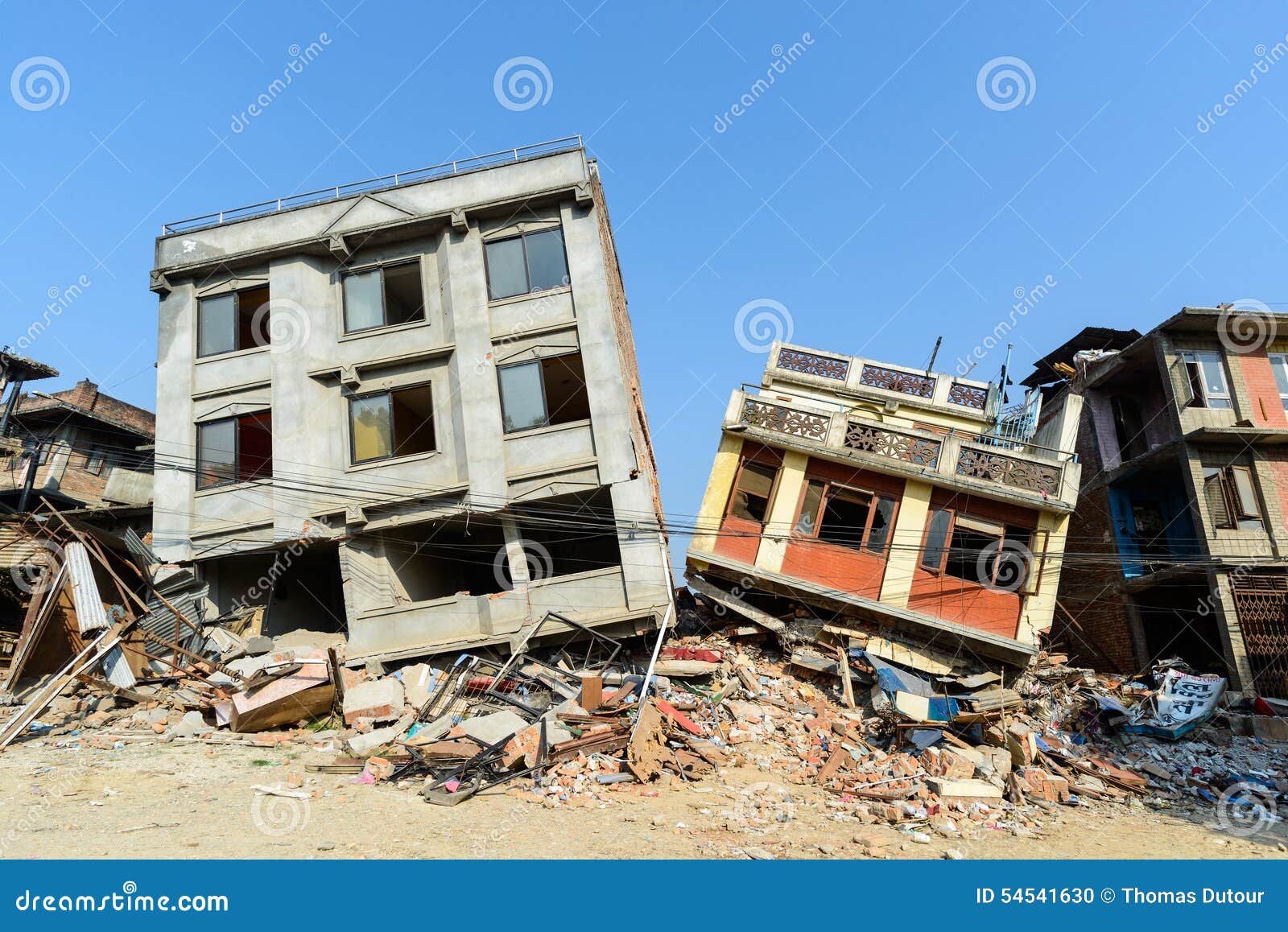Recent seismic activity has cast a long shadow over the Asian continent, as two major earthquakes wreaked havoc in Nepal, presenting both immediate challenges and long-term implications. The tremors, occurring in quick succession during the months of April and May, have not only reshaped the physical landscape but have also profoundly influenced societal dynamics and international discourse surrounding disaster preparedness.
The first jolt, striking with merciless ferocity, was felt throughout Kathmandu and its adjoining regions. Buildings that once stood as symbols of architectural resilience now lay in ruins, reduced to heaps of rubble and despair. The aftermath painted a harrowing portrait of devastation. Roads, essential for relief and recovery efforts, became impassable. The reverberations of the earthquake went beyond mere structural damage; the emotional and psychological toll on the residents was equivalent to a seismic blow, fostering a pervasive climate of fear and uncertainty.
In a nation still striving to recover from the legacy of earthquakes past, this catastrophe has reawakened crucial discussions about preparedness and resilience. Communities, though fragmented, are rising to the occasion. Volunteers, both local and international, have mobilized to provide assistance, delivering food, water, and medical supplies to those who have lost everything. Such actions not only highlight the indomitable human spirit but also serve as a reminder of the importance of solidarity in the face of adversity.
International attention has gradually turned towards this region, showcasing a potential pivot in global humanitarian responses. As governments and organizations assess the devastation, there’s a growing awareness of the need for a multifaceted approach to disaster management. The emphasis is shifting from reactive measures to proactive strategies that focus on education, building codes, and community engagement. This emerging perspective could alter the narrative around disaster preparedness in the region.
Moreover, the economic implications of these earthquakes cannot be underestimated. Nepal’s economy, already fragile, faces significant setbacks. The tourism sector, a lifeline for many, is marred by the destruction. However, there exists an opportunity for regeneration; as awareness around earthquake resilience rises, potential investments in infrastructure could pave the way for a more robust economic framework.
As the world watches, the resilience of Nepalese communities illustrates an indelible truth: adversity can catalyze transformation. The focus now, not merely on recovery but on evolution, urges us to consider the broader implications surrounding urban planning and community development in high-risk areas.
In the wake of these seismic events, a shift in perspective is not only necessary but inevitable. The collective response can redefine how societies prepare for uncertainties and galvanize global support for vulnerable regions that stand at the precipice of resilience and ruin.
